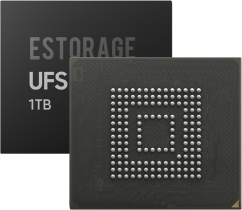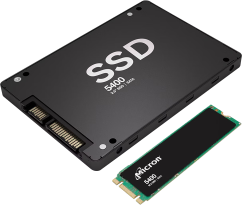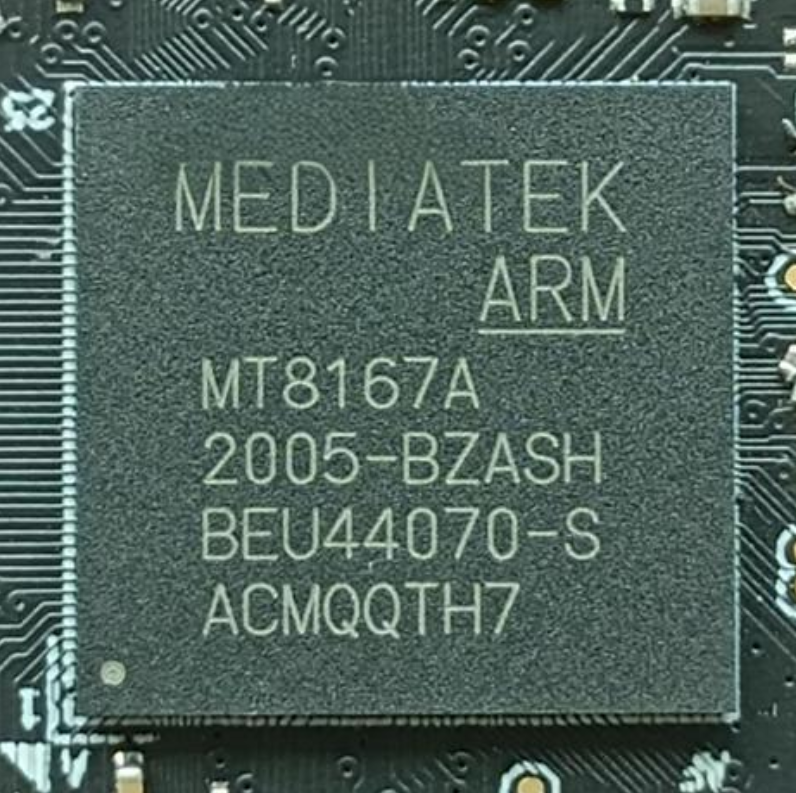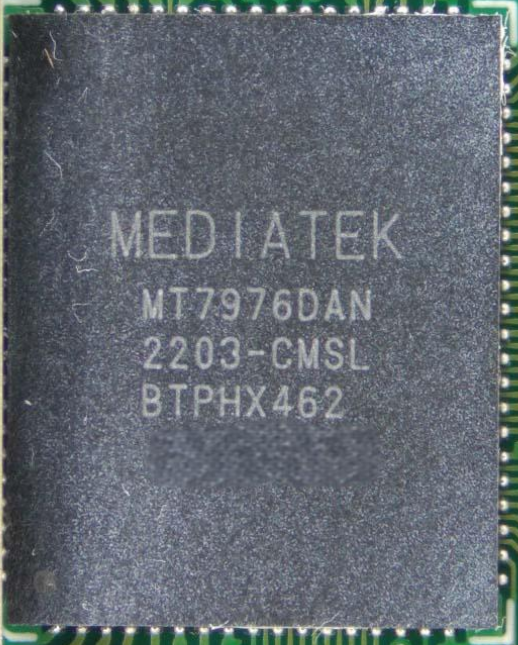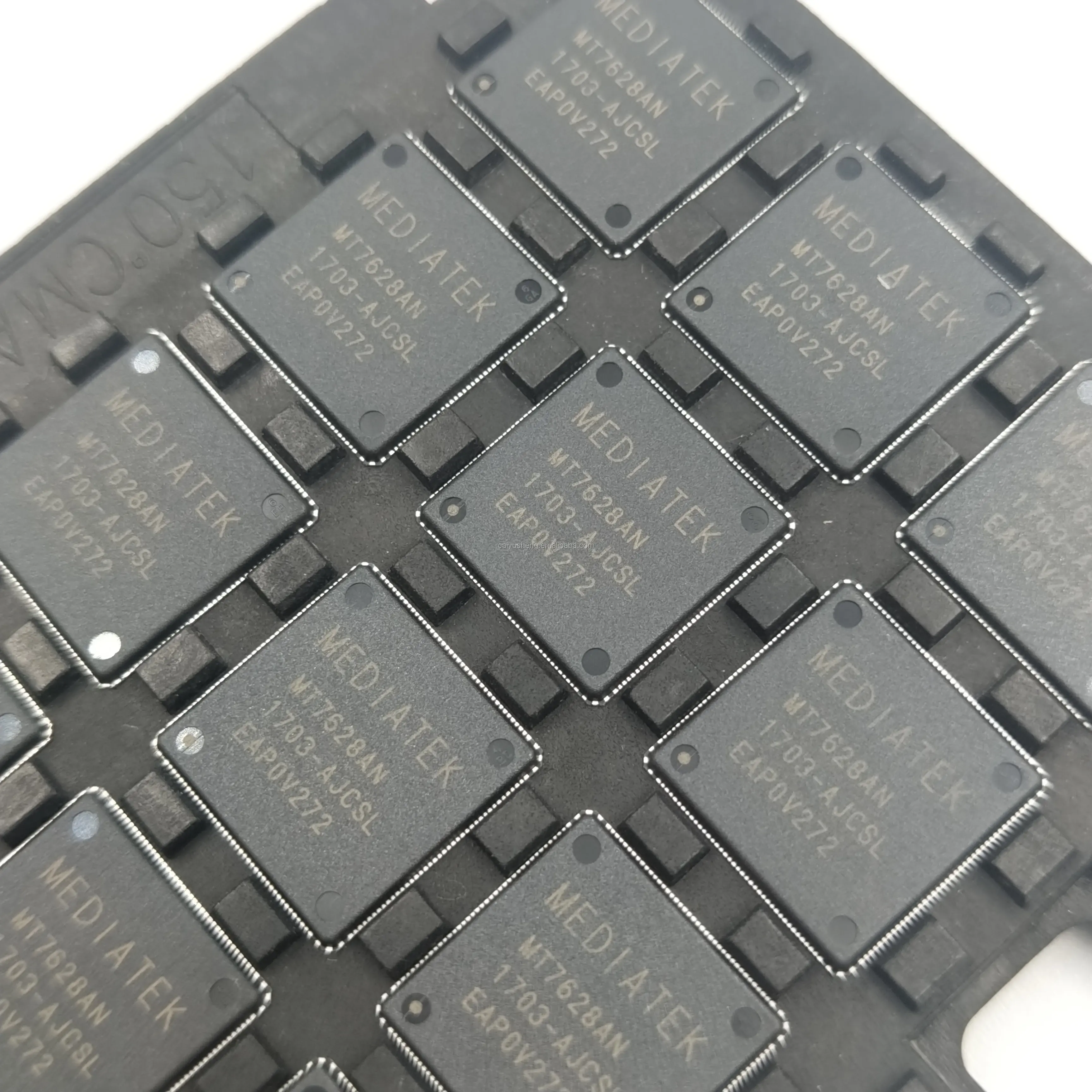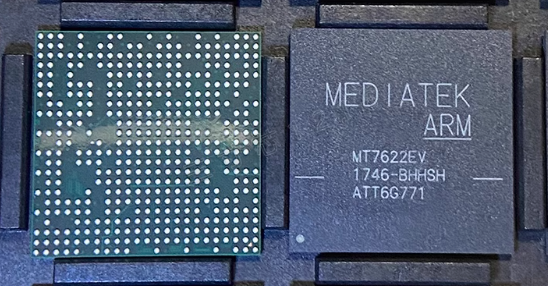Product Description
The MediaTek MT6120N/AR-L is a compact, cost-effective chip designed to provide reliable wireless connectivity for a range of consumer electronics, including wearables, IoT devices, smart home gadgets, and mobile accessories. It integrates both Wi-Fi and Bluetooth connectivity into a single chip, offering a comprehensive wireless solution for a wide variety of applications.
On the Wi-Fi side, the MT6120N/AR-L supports Wi-Fi 4 (802.11n), which is suitable for basic internet access and short-range data transfer. Wi-Fi 4, while not as fast or feature-rich as more recent standards like Wi-Fi 5 (802.11ac) or Wi-Fi 6 (802.11ax), is still widely used for applications where high-speed internet is not a requirement, such as in smart home devices or sensors. The chip operates exclusively on the 2.4 GHz frequency band, which, despite being more congested than the 5 GHz band, provides longer-range connectivity and better penetration through obstacles like walls. This makes it a good choice for IoT and home automation devices that need reliable connections over moderate distances. Additionally, WPA2 encryption ensures that data transmitted over Wi-Fi is secure, which is essential for protecting sensitive information in devices like smart thermostats, security cameras, and connected appliances.
In terms of Bluetooth connectivity, the MT6120N/AR-L supports Bluetooth 4.2, which brings several important improvements over earlier versions. Bluetooth 4.2 offers faster data transfer rates, enabling quicker connections between devices, and supports improved Bluetooth Low Energy (BLE) functionality, making it ideal for battery-powered devices. The low power mode is particularly important for wearable technology and IoT applications, where battery life is a key concern. Devices like fitness trackers, health monitors, and smartwatches benefit greatly from BLE, as it allows them to maintain constant communication with smartphones or hubs without draining the battery too quickly. The chip also supports Enhanced Data Rate (EDR) for Bluetooth, allowing higher data transfer speeds, which is beneficial for applications that require more data throughput, such as wireless audio streaming or file transfers between Bluetooth-enabled devices.
The MT6120N/AR-L also focuses heavily on power efficiency, which is critical for battery-operated devices like wearables, IoT sensors, and portable consumer electronics. The chip features advanced power management capabilities that allow it to conserve energy by entering low-power states when idle or not in use. These low-power modes can be triggered automatically based on the activity level of the device, ensuring that energy consumption is minimized during periods of inactivity. Additionally, the chip operates at a low voltage, which further reduces overall power consumption, making it ideal for small devices with limited power sources, such as remote sensors, wireless headsets, and portable media devices. The MT6120N/AR-L's power-saving features ensure that devices using this chip can operate for longer periods without frequent recharging, which is a major advantage in portable and battery-powered applications.
Moreover, the integration of both radio and baseband components into a single chip simplifies the design of wireless devices. This integration reduces the need for additional external components, making it easier and more cost-effective to develop compact consumer devices. The chip’s internal memory is optimized to handle the communication protocols and manage data flows between devices while consuming minimal power, contributing to the overall efficiency of the device.
In conclusion, the MT6120N/AR-L is an excellent choice for designers looking for an affordable, low-power solution for enabling Wi-Fi and Bluetooth connectivity in compact, portable devices. Its ability to support basic Wi-Fi 4 and Bluetooth 4.2 functionality, combined with its power efficiency and compact design, makes it well-suited for wearables, IoT devices, smart home gadgets, and other battery-operated products. While it may not provide the latest Wi-Fi standards or the highest data speeds, its low cost, small footprint, and effective power management features make it a versatile and reliable option for many wireless applications.
Specification
Wi-Fi Connectivity:
Wi-Fi Standards Supported: The MT6120N/AR-L supports Wi-Fi 4 (802.11n) with a maximum data rate of up to 72 Mbps on the 2.4 GHz band. While it does not support the latest Wi-Fi standards such as Wi-Fi 5 (802.11ac) or Wi-Fi 6 (802.11ax), it is still suitable for basic connectivity needs in low-traffic environments, providing reliable wireless communication for basic internet access and device pairing.
Single-Band Operation: The chip operates solely in the 2.4 GHz frequency band, which is commonly used for low-cost devices and IoT applications. While the 2.4 GHz band is more crowded and offers lower speeds than higher-frequency bands like 5 GHz, it provides better range and signal penetration through walls and obstacles.
WPA2 Security Support: The MT6120N/AR-L supports WPA2 encryption, which ensures secure communication over Wi-Fi networks. This is essential for protecting data from unauthorized access and ensuring privacy in consumer devices.
Bluetooth Connectivity:
Bluetooth 4.2 Support: The MT6120N/AR-L features Bluetooth 4.2, which offers significant improvements over earlier versions. It supports faster data transfer rates, lower power consumption, and improved range compared to older Bluetooth standards.
Low Energy (LE) Mode: The chip integrates Bluetooth Low Energy (BLE) for low-power communication, ideal for battery-powered devices such as fitness trackers, smartwatches, and remote sensors. BLE reduces energy consumption while maintaining the ability to send and receive data at low rates.
Enhanced Data Rate (EDR): The chip supports EDR (Enhanced Data Rate) for Bluetooth, allowing higher data transfer speeds and more efficient use of the wireless spectrum. This makes it suitable for applications such as audio streaming or data transfer between Bluetooth-enabled devices.
Power Management:
Low Power Operation: The MT6120N/AR-L features advanced power management capabilities that help minimize energy consumption when the device is not actively communicating. This includes sleep modes and idle states that are automatically activated during periods of inactivity.
Energy Efficient Modes: The chip supports various power-saving modes that help extend battery life for portable devices. These modes ensure that power is only consumed when needed and that the device enters a low-power state when idle.
Low Operating Voltage: The MT6120N/AR-L operates at a low voltage, contributing to lower overall power consumption. This is particularly beneficial for compact and battery-operated devices, such as IoT sensors and portable electronics.
Integration and Memory:
Integrated Radio and Baseband: The chip integrates both the radio frequency (RF) and baseband components, simplifying the design of wireless devices and reducing the overall component count. This integration helps reduce the footprint and cost of devices.
Memory Support: The MT6120N/AR-L features internal memory for handling communication protocols and managing data flows between devices. This memory is optimized for low-power consumption while maintaining the necessary performance for basic connectivity tasks.



